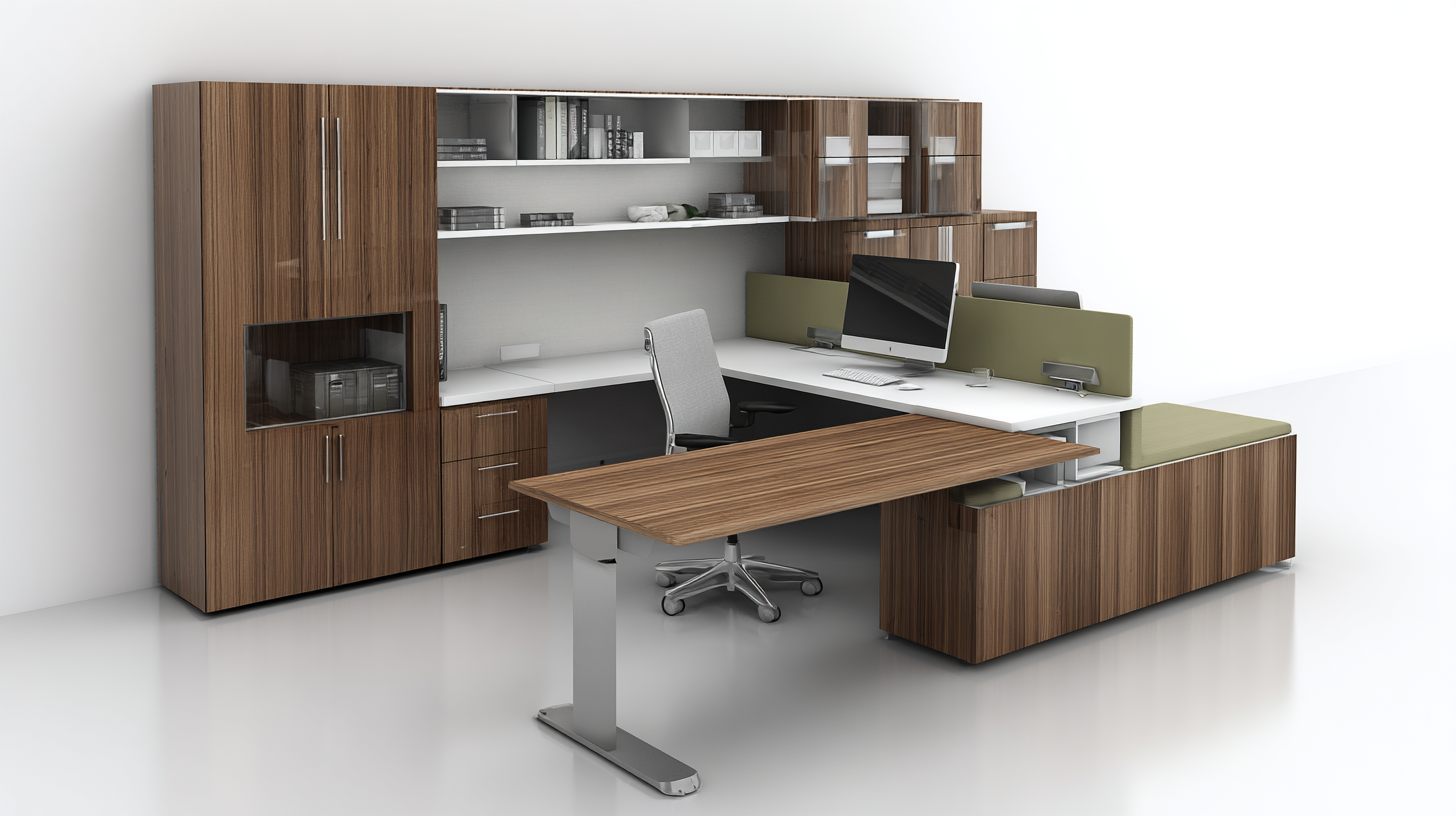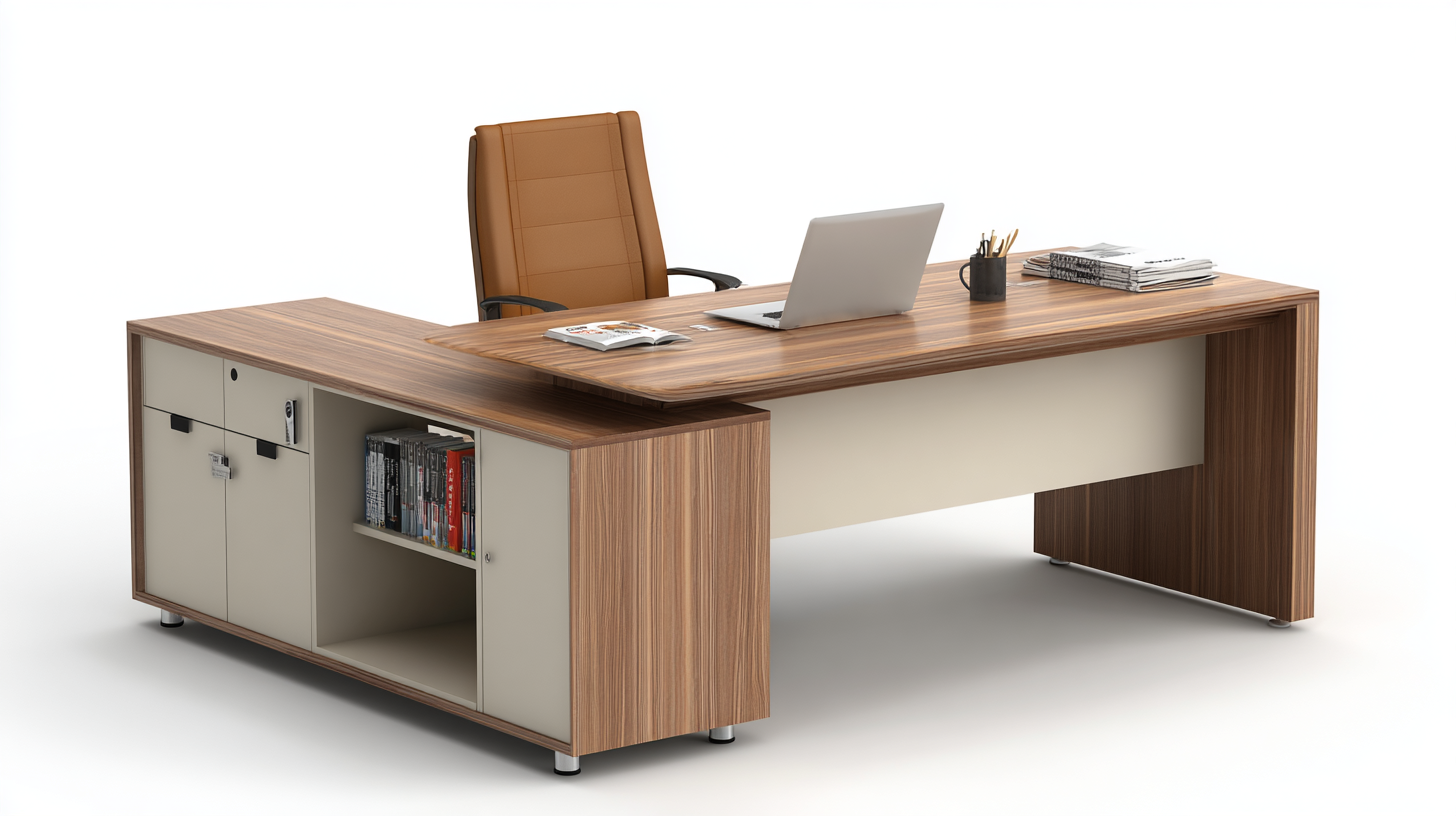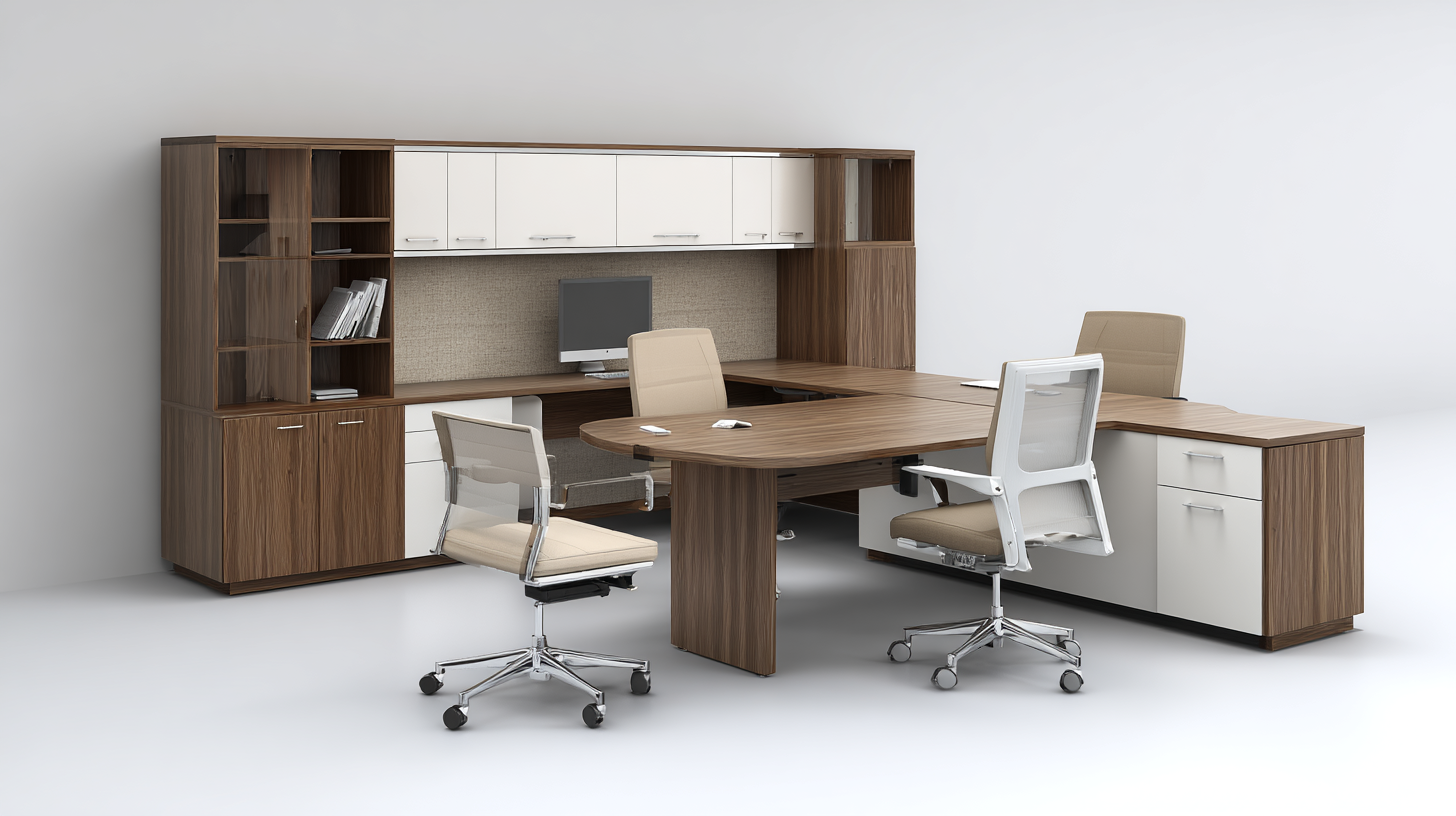What Types of Office Furniture Tables Suit Your Workspace Needs
In today's fast-paced work environment, the right choice of Office Furniture Table can significantly impact productivity and employee wellbeing. According to the International Association of Wood Products, approximately 70% of office workers report that their workspace directly influences their performance. Furthermore, a report by the World Green Building Council reveals that well-designed office spaces, including functional tables, can enhance collaboration by 20% and reduce absenteeism by 15%. With various types of tables available, from collaborative meeting tables to ergonomic sit-stand options, it is essential for businesses to consider their specific workspace needs. This blog will explore the different types of Office Furniture Tables, providing reasons why each type can cater to diverse work styles and enhance overall office efficiency.

Choosing the Right Office Table for Different Work Environments
Choosing the right office table is crucial for creating an efficient and comfortable work environment. Different work settings require distinct types of tables to support specific functions and workflows. For instance, collaborative spaces benefit from large, round tables that encourage discussion and teamwork. These tables are perfect for brainstorming sessions and group projects, allowing everyone to share ideas freely.

On the other hand, if you have a more formal setup, such as a conference room, a long rectangular table could be ideal. This shape fosters a sense of leadership and structure, making it suitable for presentations and meetings where hierarchy and organization are key. Additionally, in individual workspaces, a compact desk with built-in storage can optimize space while providing functionality.
By understanding the unique needs of different environments, you can select the perfect table that enhances productivity and complements your office's overall design.
Essential Features to Consider When Selecting Office Furniture Tables
When selecting office furniture tables, it is crucial to consider several essential features that align with both functionality and aesthetic appeal. A report by the International Facility Management Association notes that well-designed workspaces increase employee productivity by up to 20%. Therefore, choosing tables that encourage collaboration, such as modular or adjustable-height desks, can significantly enhance teamwork and overall workflow.
In addition, the choice of material and finish is vital for durability and style. A survey conducted by the Office Furniture Dealers Association revealed that 78% of employees prefer desks made from sustainable materials, reflecting a growing trend towards environmentally friendly choices in office design. Moreover, integrating technology, like built-in charging ports or cable management systems, can streamline the workplace and reduce clutter. Paying attention to these essential features not only caters to the diverse needs of employees but also supports a more efficient and inviting work environment.
Types of Office Furniture Tables and Their Suitability for Workspaces
This chart represents the suitability of different types of office furniture tables for various workspace needs based on functionality and user preference.
Comparing Different Types of Office Tables: Pros and Cons
When selecting the right office furniture tables, understanding the pros and cons of different types is crucial for optimizing your workspace. According to a report by the Global Furniture Market, the demand for collaborative workspaces has surged, leading to a rise in the popularity of open tables, such as conference and community tables. These tables can foster team collaboration and creativity, but they may also lead to increased noise levels and distractions, which can affect productivity.
On the other hand, adjustable height desks are gaining traction, supported by a study from the Journal of Occupational Health Psychology, which shows that employees who use standing desks report a 30% increase in productivity and a 14% reduction in fatigue. However, they can be more expensive to implement and may require initial adaptation from employees accustomed to traditional seating. Understanding the specific needs of your workspace will guide you in choosing the most suitable office table type, balancing collaboration, comfort, and productivity.
Space Optimization: How to Maximize Your Workspace with the Right Table
When optimizing workspace, selecting the right office furniture table can significantly impact productivity and comfort. According to a report by the International Facility Management Association (IFMA), a well-organized workspace can enhance productivity by up to 20%. This statistic underscores the importance of evaluating your space and choosing tables that not only fit well but also promote an efficient workflow. For example, adjustable-height tables are becoming increasingly popular, allowing employees to alternate between sitting and standing, which can lead to increased focus and reduced fatigue.
Moreover, the layout of your workspace is crucial in maximizing functionality. The Global Workplace Analytics report indicates that companies employing agile workspace strategies experience a 30% increase in collaboration among team members. Round tables can foster this environment by encouraging discussion, while modular tables offer versatility, enabling quick rearrangements based on project needs. By considering these dimensions, organizations can create a harmonious workspace that meets diverse needs and optimizes performance, demonstrating that the right choice in office furniture does more than fill a gap; it enriches the work environment.

Trends in Office Furniture Tables: What’s Popular in Modern Workspaces
In today's evolving workplace, the design and functionality of office furniture tables play a pivotal role in enhancing productivity and collaboration. Recent reports indicate that adaptive workspaces—which blend traditional setups with modern flexibility—are becoming increasingly popular, with 73% of companies saying they prefer open layouts that allow for increased interaction among teams. This trend has led to the rise of multi-functional tables that can easily be reconfigured for various activities, from brainstorming sessions to formal meetings.
Tip: When selecting office furniture tables, consider sizes that can accommodate different working styles. Round tables, for instance, foster communication, while larger rectangular tables serve well for team projects.
Moreover, the material and aesthetics of office tables are shifting to reflect a more sustainable ethos. According to a survey from the International Furniture and Design Association, nearly 60% of consumers express a preference for eco-friendly materials in their office furniture. Desks made from recycled materials or sustainably sourced wood are not only stylish but also contribute to a greener workspace.
Tip: Choose tables with integrated cable management solutions to maintain a clean and organized look, which is crucial in modern office environments.
